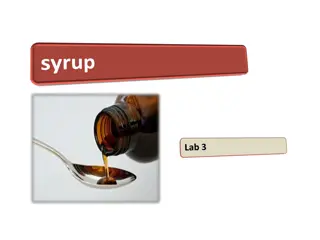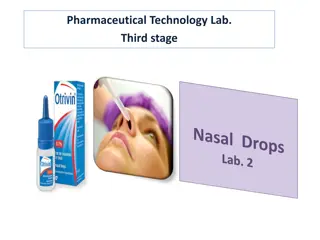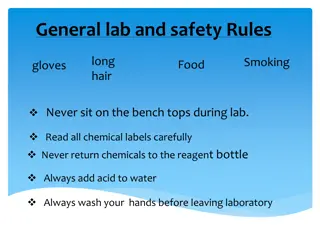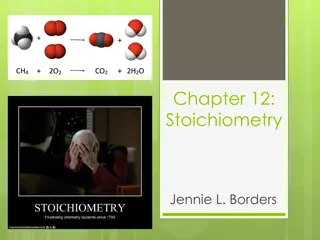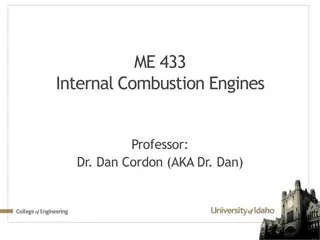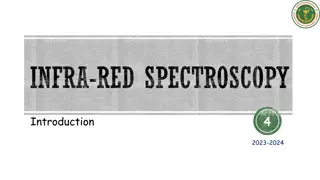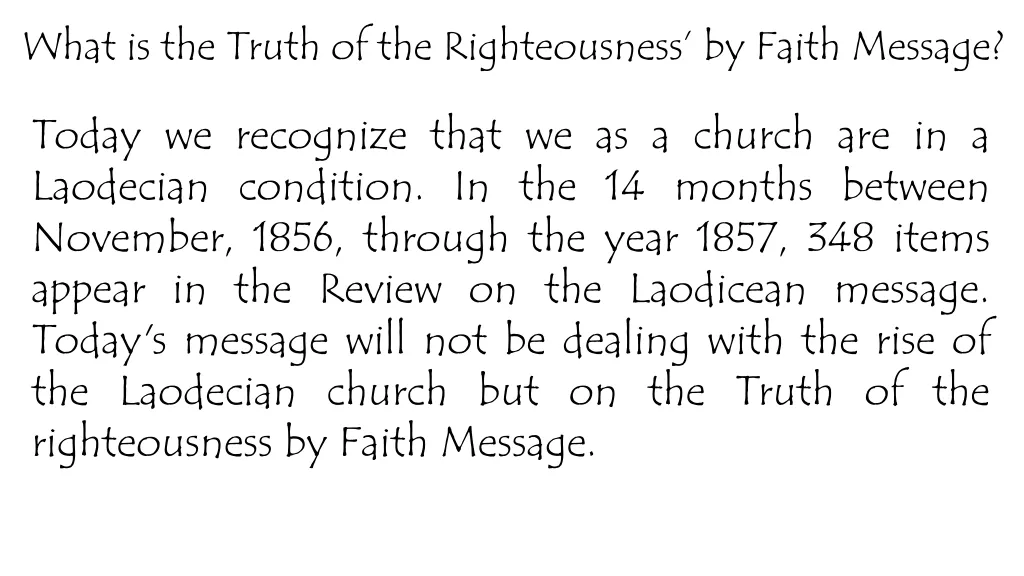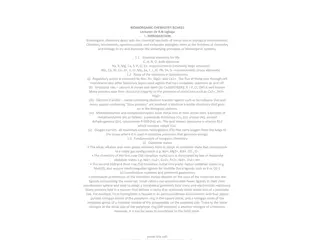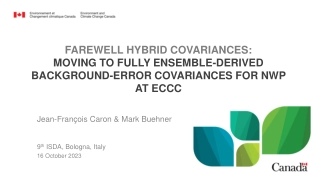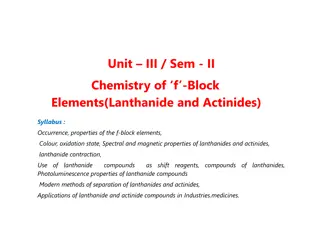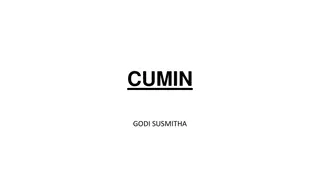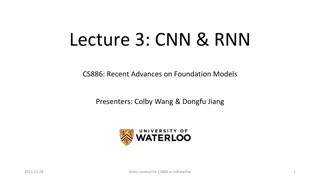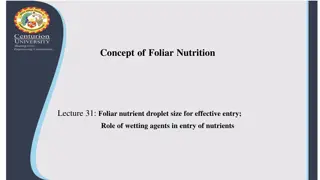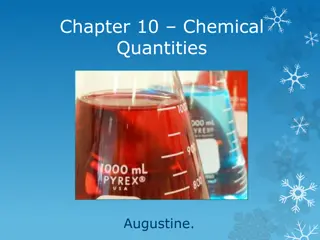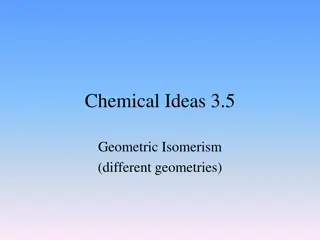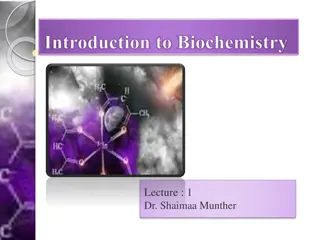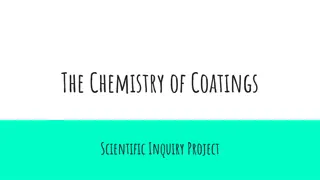Understanding Purity in Chemistry Through Formulations and Chromatography
Discover the concept of purity in chemistry by learning how to differentiate between pure substances and mixtures, exploring formulations in product design, and understanding chromatography techniques to analyze chemical composition.
Download Presentation
Please find below an Image/Link to download the presentation.
The content on the website is provided AS IS for your information and personal use only. It may not be sold, licensed, or shared on other websites without obtaining consent from the author. Download presentation by click this link. If you encounter any issues during the download, it is possible that the publisher has removed the file from their server.
Presentation Transcript
Chemistry definition of PURE Chemistry definition of PURE PURE PURE PURE NOT PURE
How do you know if something is pure? How do you know if something is pure? If an element or a compound is pure and not a mixture then it will melt or boil at a very specific temperature. We can use this information to find the purity of a substance. What temperature does pure water boil at? 100 C!
Formulations Spec definition A formulation is a mixture that has been designed as a useful product. Many products are complex mixtures in which each chemical has a particular purpose. Formulations are made by mixing the components in carefully measured quantities to ensure that the product has the required properties. Formulations include fuels, cleaning agents, paints, medicines, alloys, fertilisers and foods.
1. Draw a pencil line 1cm up from the bottom of your chromatography paper. This is your baseline. 2. Spot four different inks along the baseline. 3. Secure the paper from the top and dip into your solvent, make sure the solvent does not go above the baseline. 4. Allow the solvent front (mobile phase), to travel up the paper (stationary phase). When it is one cm from the top, remove the paper from the solvent and allow to dry. 5. Use a pencil to draw around any marks on the paper and stick it to your page. 6. Conclude which colours the black ink is made from.
Chromatography Lid to prevent evaporation Distance moved by the solvent Stationary phase (filter paper) Distance moved by the chemical Pencil line Solvent (the mobile phase)
Retention factor ( Retention factor (Rf Rf) values ) values Always measure to the MIDDLE of the spot The Rf factor is used to compare the components of various samples. The Rf values of suspect samples can be compared with known samples. Rf = distance from the base line to the spot distance from the base line to the solvent front Solvent front the point at which the water stopped moving up the paper If two substances have the same Rf value, they are likely (but not necessarily) the same compound. If they have different Rf values, they are definitely different compounds. Spot the point at which a band or spot of colour is Base line the line where the original sample was placed
Test for oxygen Test for hydrogen
Test for carbon dioxide Test for chlorine
Remember these colours
Flame tests Flame tests
Testing for Testing for positive positive ions ions To test for positive ions, react the unknown substance with sodium hydroxide solution and observe the result Then flame test
Testing for Testing for negative negative ions ions



